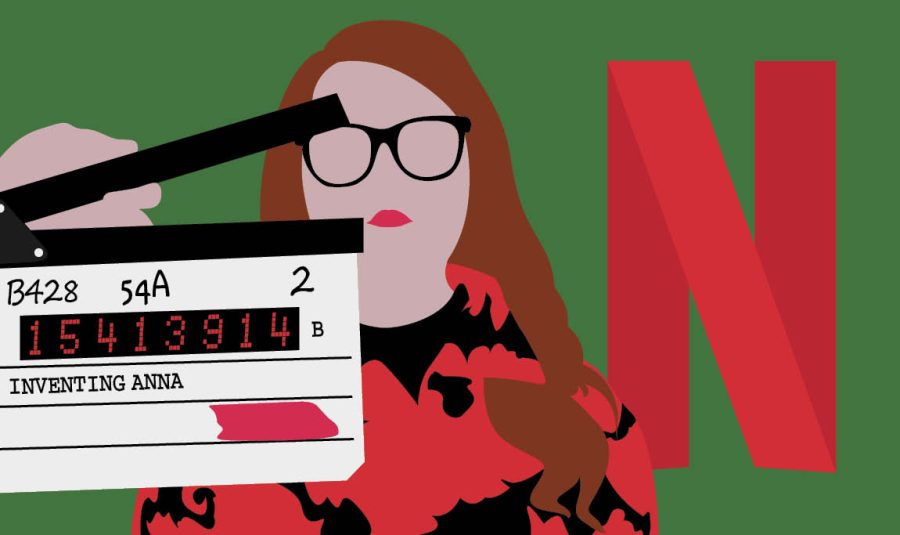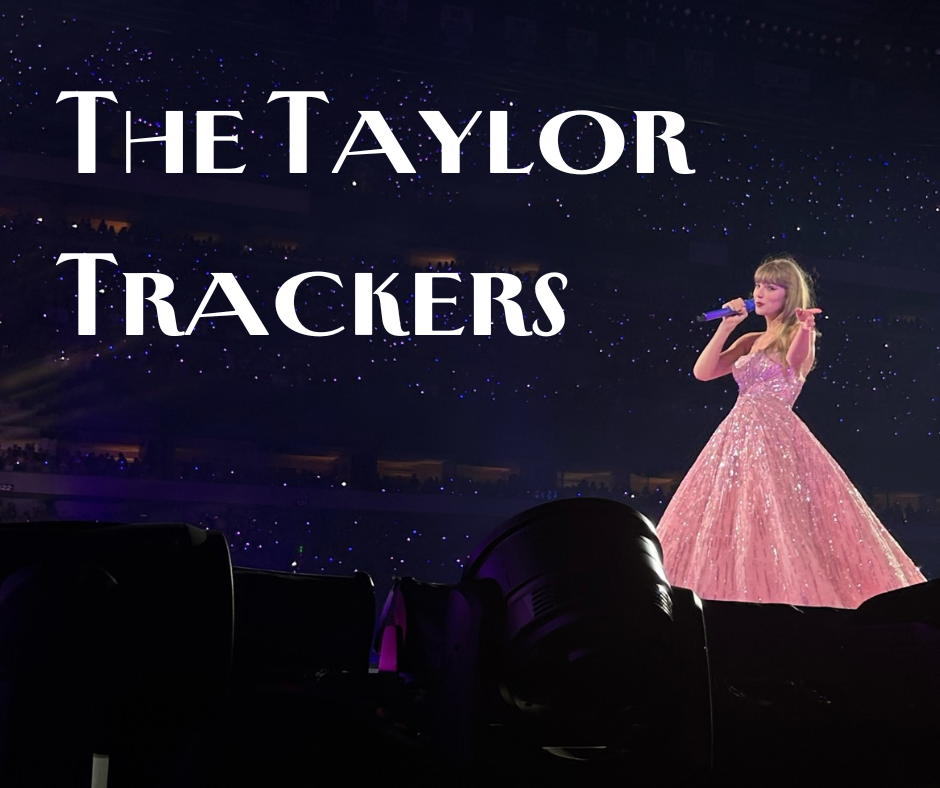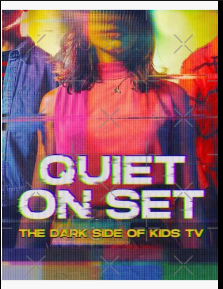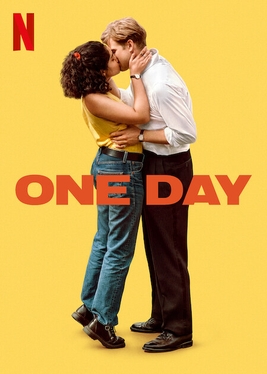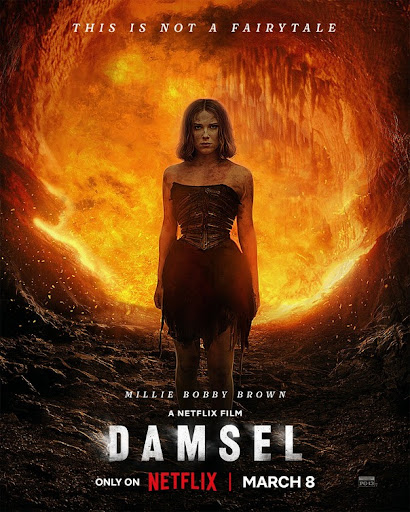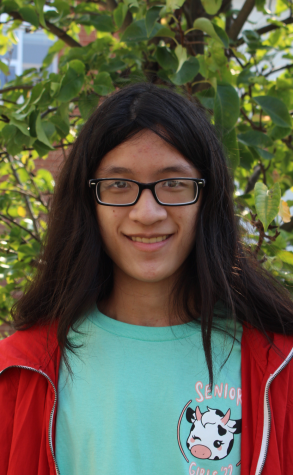It was never about the money. It was about how she used it—or, rather, how she used the illusion of it.
Released on Netflix on Feb. 11, the nine-episode drama miniseries “Inventing Anna” quickly rose to the top of the charts in its first weeks. The miniseries tells a dramatized version of the story of the fake German heiress “Anna Delvey,” the visionary socialist persona of real-life Russian fraudster Anna Sorokin, featuring her time as Delvey in the 2010s leading up to her arrest and conviction in 2017 and 2018. Taking the form of a “docudrama,” it liberally embellishes and dramatizes many details of the Anna Delvey narrative but maintains many clear ties to real-world events, taking inspiration from journalist Jessica Pressler’s 2018 exposé on Sorokin, “How Anna Delvey Tricked New York’s Party People.”
The real-life Sorokin was born in Russia to working-class parents in 1991 and later moved to Germany when she was a teenager. She spent a few years in London, Berlin and Paris at art school and in internships before travelling to New York for what was supposed to be a brief stay for the city’s Fashion Week in 2013. Deciding to stay, Sorokin quickly immersed herself in New York’s fashion scene and came up with the idea of the “Anna Delvey Foundation,” a Soho House-style exclusive private club, and spent the next several years conning various socialists and business people out of their money as she planned out ADF while posing as Delvey.
The series largely mirrors this sequence of events as the dramatized Delvey (Julia Garner) navigates the high-class social scene. However, Anna is forced to share the spotlight with the reporter Vivian Kent (Anna Chlumsky)—a fictional character made up by showrunner Shonda Rhimes to recreate the experience of Pressler’s months-long investigation into the Delvey story and the writing of the article—to make use of a storytelling device that another Pressler-inspired film, “Hustlers” (2019), relied on.
The first eight episodes flash between Vivian’s investigations as she prepares her story during the indictment of Anna in 2018 and flashbacks by Anna and her various associates to paint the narrative of who exactly the fake German heiress was. This effectively splits the show’s ten-hour-runtime into two simultaneously-presented chronologies that converge to Anna’s conviction in the ninth episode, à la “The Witcher” (2019). While sometimes creating confusion on the timing of certain events (there were a few cases when a flashback in one of the episodes turned out to come chronologically before a flashback in an earlier episode without much explanation), this choice overall paid off as much of the series’s conflicts were crafted and resolved with deliberate clever withholdment of certain key details until they needed to be presented.
A central tenet of the series hinges on the relationships and tensions between various characters, exploring how and why different people interact with the ostensibly-wealthy Anna as she manipulates all of them into getting what she wants. It begins with her escapades with her entrepreneur boyfriend Chase Sikorski (played by Saamer Usmani; “Chase” was a fictional character based on the unnamed “futurist” boyfriend mentioned in Pressler’s article, who was only recently revealed to be executive Hunter Lee Soik) as they interact with lavishly-rich fictional moguls and fashion icons Talia Mallay (Marika Domińczyk), Nora Radford (Kate Burton) and Val (James Cusati-Moyer).
It is in this part of the series that her swindle really comes into light, as she makes and breaks relationships to her advantage—this is best seen in the second episode, when Anna risks her connection to Talia to cleverly make a business pitch to fictional tech giant Henrick Knight (Joshua Malina) initially disguised as a morbid conversation about death. It is also here that the studio’s wardrobe department gets to shine, as the stars and countless guest actors are decked out to the limit in a perfect imitation of the glitterati, unashamedly boasting the show’s “The Devil Wears Prada” (2006) influences. Later, through Nora, Anna persuades New York’s best architects, chefs, designers and gallerists to partake in ADF’s development.
Anna ditches the four after various conflicts ensue and uses the connections she gained from them to strike deals with various banks and management firms for millions in funding for ADF, through the fictional lawyer Alan Reed (Anthony Edwards; the character is based on real-life lawyer Andy Chase). As she tries to con her way into the money, she meets and befriends the real-life hotel concierge Neff Davis (Alexis Floyd), high-profile trainer Kacy Duke (Laverne Cox) and photo editor Rachel Williams (Katie Lowes).
The show also features an aspect on ethics and moral ambiguity. While subtle, there’s a slight parallelism in how Vivian and Anna handle their business, with Vivian almost-blackmailing and sometimes actually bribing her proposed sources to get what she needs from them. Journalistic integrity (or lack thereof) comes to light when, in the eighth episode, she investigates Anna’s background in Germany to the point of stalking and breaking into the Sorokin residence.
Modern film production styles were a big part of making the series come to life. While initially conservative with their work with simple scene-to-scene cuts and minimal visual manipulation, the editing team gradually grew bolder with their choices, incorporating sleek transition effects, juxtapositions and overlays that were refreshing to see and kept the show mostly out of the trap of repetition.
A nice touch made by the production team was its frequent use of Internet tech. Instead of eliminating social media from the story, it was turned into an active component of the narrative as Vivian tracks down her initial sources through pictures on Anna’s Instagram account. Social media photos are overlaid on screen on various episodes, using the actors’ recreations of actual Instagram shots from the real-life Sorokin and her acquaintances. These photos are further used to create the show’s title sequence, a yellow-tinted photo mosaic of Anna.
The studio uses phones for more than just Instagram, with a few shots featuring a stroll through Google Maps (or is it Apple Maps?) and Anna checking her bank statements; unlike the Instagram shots, though, these overlays felt very stiff and didn’t seem to have been done very cleanly—the Google Maps shot especially looked like a basic screen record.
There were other things, as well, that I felt the series was lacking. Notably, a lot of plot threads felt unfinished and forgotten in favor of the main story. Paul’s atonement for letting Vivian take the fall for a falsified news source from before the events of the series never happened; Anna’s friendships with Billy McFarland and other named fraudsters were never explained; Anna’s reunion with her parents didn’t materialize; and a near-obligatory closing remark by Anna, mirroring her snarky jail-cell intro at the beginning of the series, was nowhere to be found.
Speaking of the falsified source, that revelation was rather underwhelming. Having been teased for half the series before its eventual reveal, I feel that a better twist than “Vivian’s source lied to her and ruined her reputation as a journalist” could have been done to pad the series’s plot threads.
Many of the characters also felt underused. The Scriberia gang, consisting of Maud (Anna Deavere Smith), Lou (Jeff Perry) and Barry (Terry Kinney) were effectively relegated to being Vivian’s assistants, given no real agency within the narrative outside of their usefulness to her. Perry especially was a joy to watch, and it was somewhat disappointing to see him used so sparsely.
The miniseries has its goods and bads, but it always left me hungry for more in each passing episode. Anna’s intimate development throughout the show gave me a sense of embodiment: at many times her anger turned into my anger, accusations of fraud made me embarrassed on her behalf and her sneaky tactics always left me with a kind of involuntary respect. Definitely binge-worthy, it is a must-watch for anyone looking for a gripping 21st-century tale of wealth and betrayal.


































